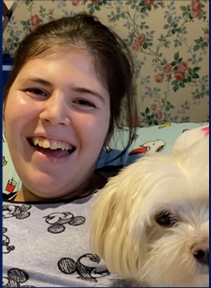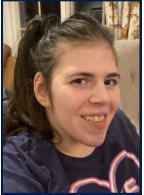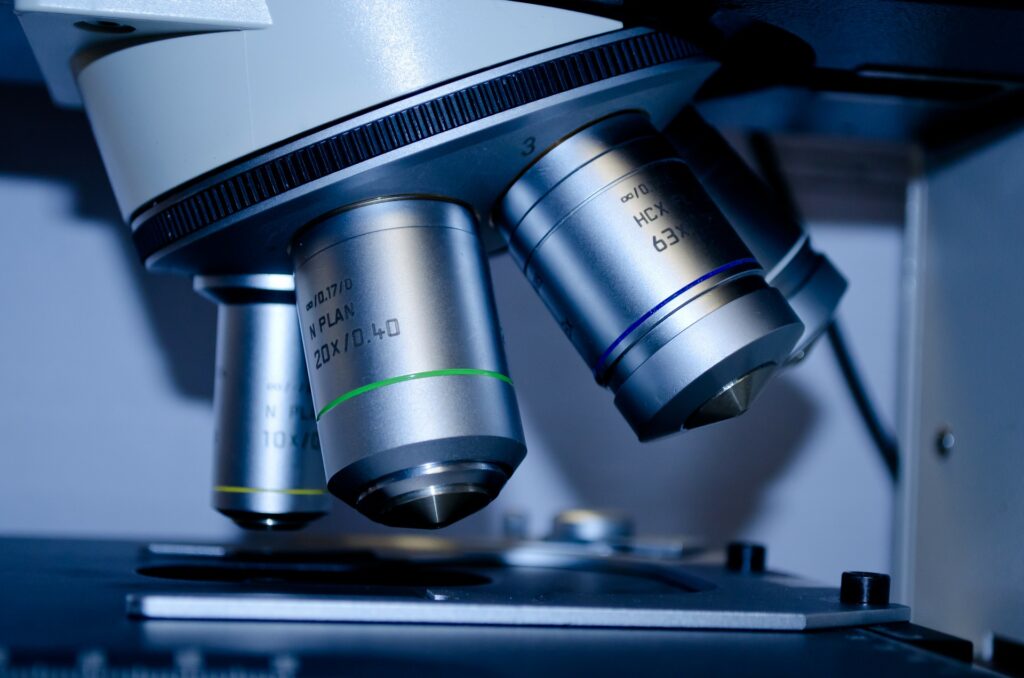

Emily
45 minutes. A short and smooth delivery, following the easiest pregnancy known to man.
Emily was born on September 7th, 1999. Complete with all five fingers and toes, we had no warning of what was to come. She was seemingly perfect— my husband and I, a physician and dentist, were confident in our ability to care for our first child. The short period between the Tuesday night she was born and the Thursday night we brought her home was a haze. Emily’s angelic beauty clouded my senses and coupled with the excitement of becoming a first-time mother, it was easy to dismiss early issues. Nurses quelled all of my concerns, they
knew I was nervous. I can’t blame them, I was. We noted that she was not feeding well in the nursery. I remember attempting to breastfeed, but she was not interested. My complaints about Emily’s tight lips were brushed off with assurances of relax and breastfeeding takes time. I felt like I was doing something wrong. Nevertheless, I stifled my anxiety and brought her home.
When we arrived home Thursday evening, I opened a small hospital-sized bottle of Similac and fed her. I instantly felt better knowing that she had something in her system. Relax, these things take time repeated in my mind like a mantra. I was finally starting to believe the nurses. Within an hour Emily vomited the formula right back up. I changed her and settled her back into the bassinet beside our bed. None of this sat right with me, but I was exhausted from the delivery only two days prior. I continued to push away my anxious thoughts and decided that she just fed too quickly. I woke up around 5 am the next morning and
immediately checked Emily’s diaper. After all, a healthy baby should have a wet diaper by now. Right?
Her diaper was completely dry and my heart began to race as I connected the dots. She never cried for a feeding. Something is wrong. I lifted a floppy baby from the bassinet and her eyes remained shut. Terror set in. I called the pediatrician and he told me to race her to the ER, it must be sepsis from the delivery.
My mom took us to the North Shore LIJ. As we pulled up to the ER, we were met with a swarm of doctors, nurses, residents, and security guards waiting for my sick baby to arrive. They pulled her from the car seat and rushed her into the hospital, while simultaneously
stripping off her clothes. I ran alongside the chaos begging for reassurance: will she be okay? Doctors were kind but honest: we don’t know. We shortly learned her ammonia level was 1400, the normal value for a newborn is under 40. My husband quickly rushed over, leaving behind a waiting room full of patients, his daughter was the only patient that could not wait. He joined me in the Pediatric ICU only to find Emily on a respirator. She had been dialyzed
multiple times to reduce the ammonia levels.
The doctors did not believe Emily would survive through the night that Friday, September 10th. We were urged to sign a DNR. But, my husband flat-out refused. He proceeded to open every single medical textbook he had on our bed that night and spoke to every physician friend from all over the world. One dear friend, Dr. Sunita Khetrapal, a pediatric geneticist from the Children’s Hospital of Philadelphia (CHOPS), advised us to return to the ICU and tell them to feed Emily. Dr. Kehtrapal explained that our baby was in a state of starvation 3 days post-delivery. She was breaking down muscle mass and releasing amino acids. Unable to metabolize these acids, her ammonia levels rose drastically. My husband explained his findings to the head of the PICU and they agreed to do whatever it takes to help Emily survive. After returning to the hospital on Saturday morning the doctors and nurses were elated to report Emily’s improved condition. She was pulling at the tubes, waking up, and her ammonia levels were beginning to stabilize. Emily fought fiercely they said. We found a glimmer of hope. Today, our daughter Emily is 24 years old. Over the years we have encountered miraculous highs and terrifying lows. I’ve learned that the most rewarding aspects of life are often the most challenging. Her care system has grown to include 24/7 nursing, Dr. Melissa Wasserstein, a metabolic specialist, and two loving siblings: Nicolas and Abigail. It is with this support and her fierce strength that Emily continues to live a remarkable life. While each day may not be guaranteed or free of difficult choices, the decision to keep fighting is the easy promise we swear to keep.





